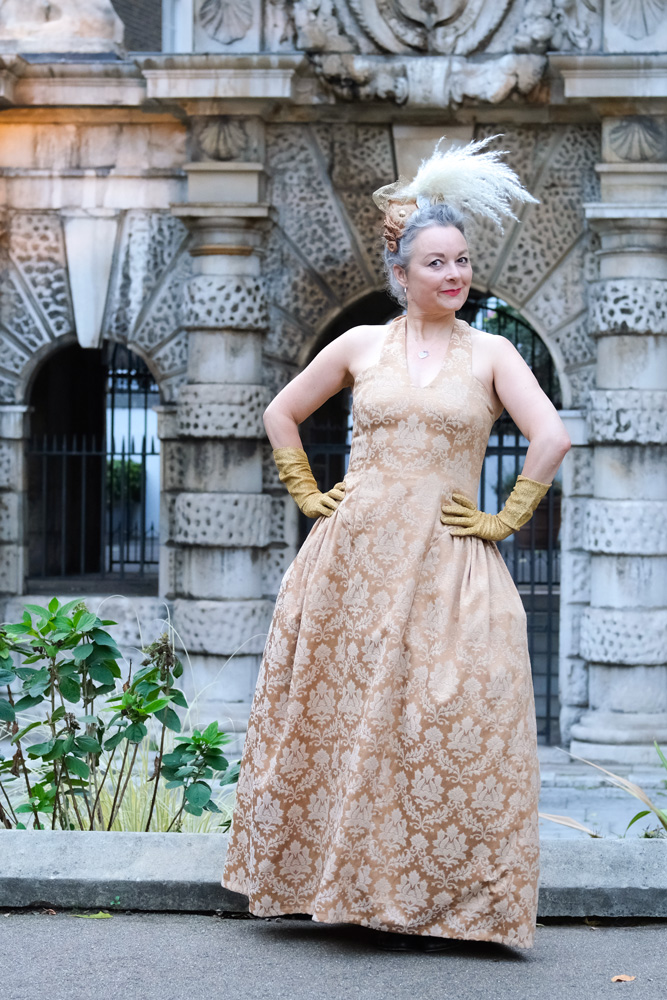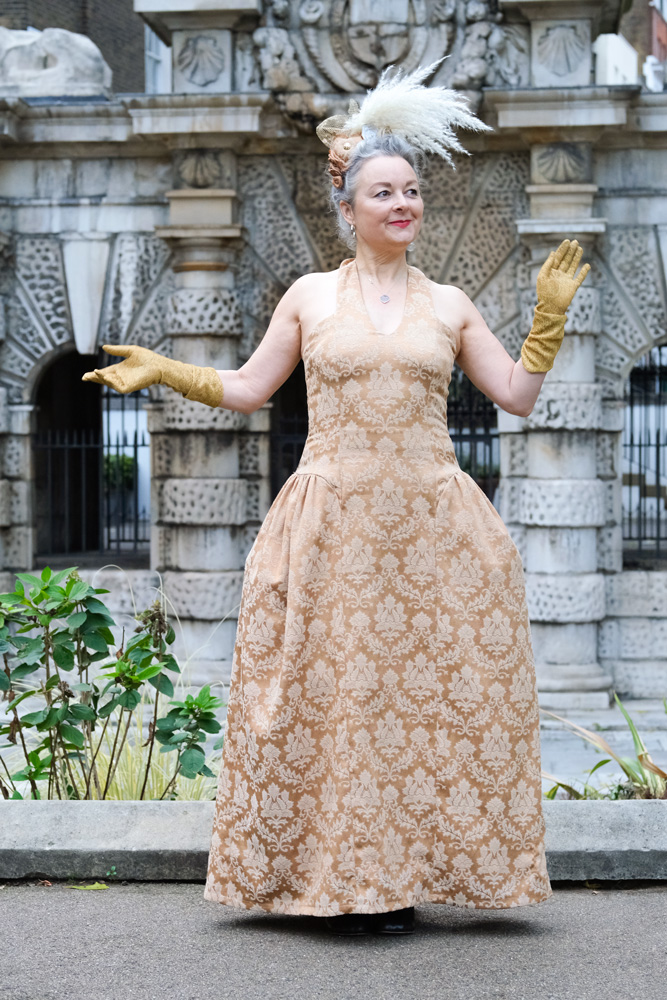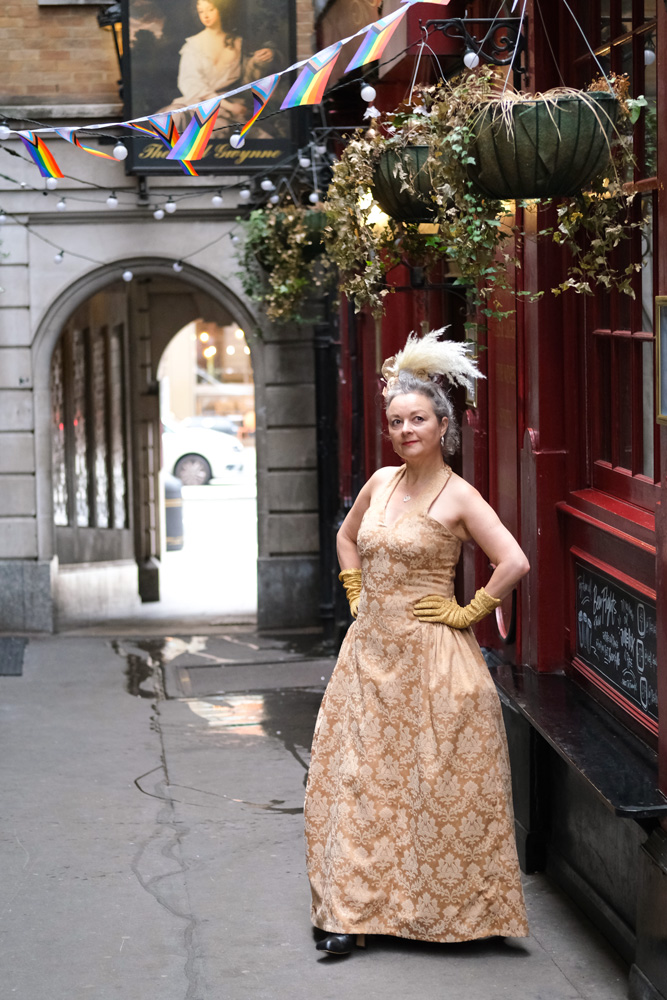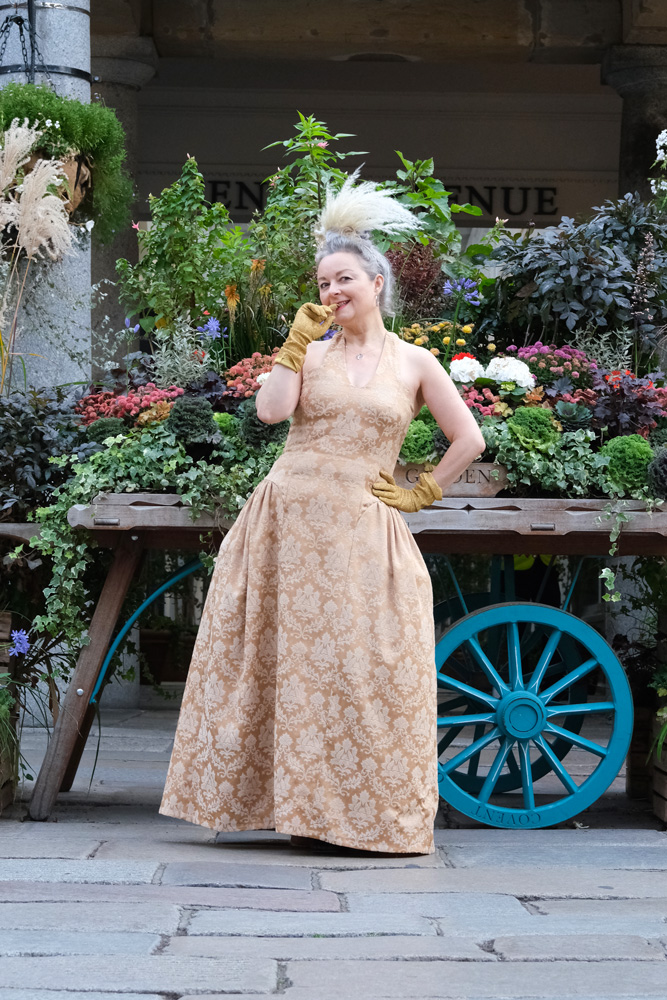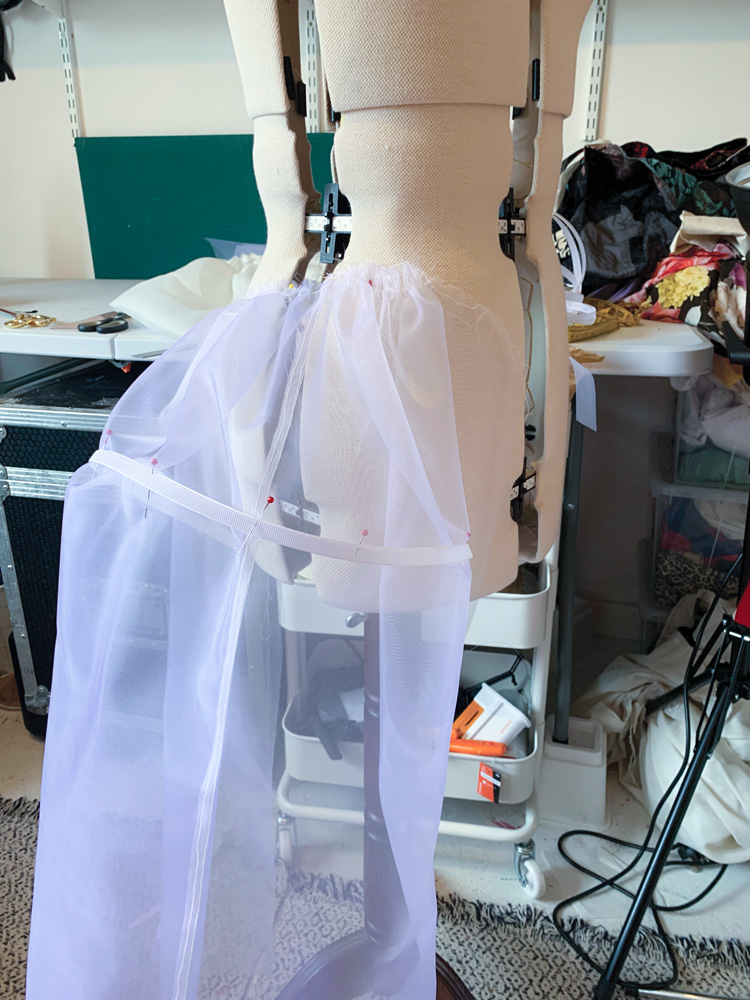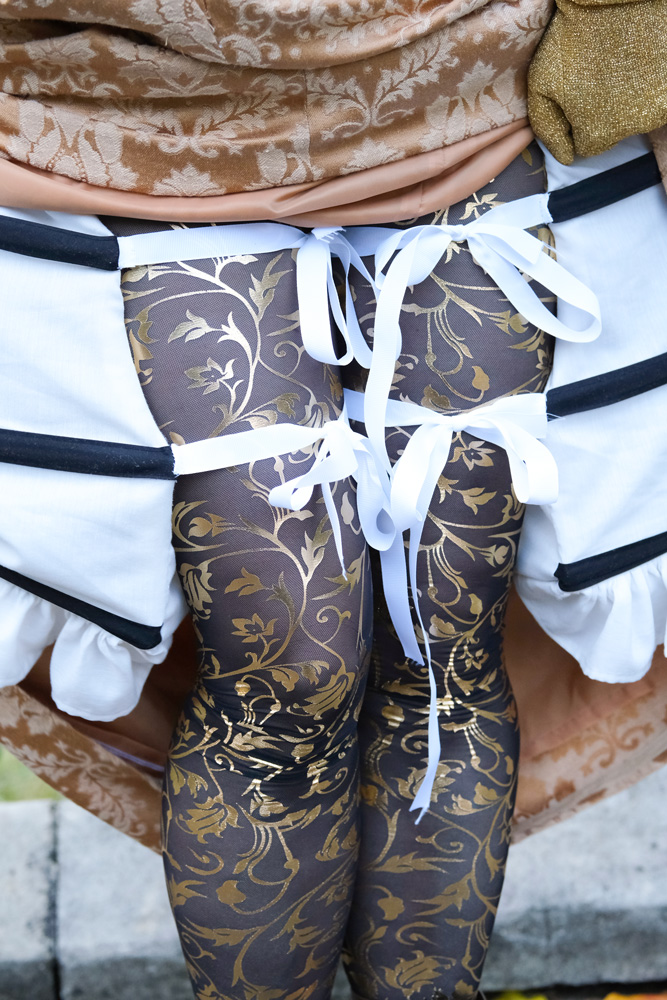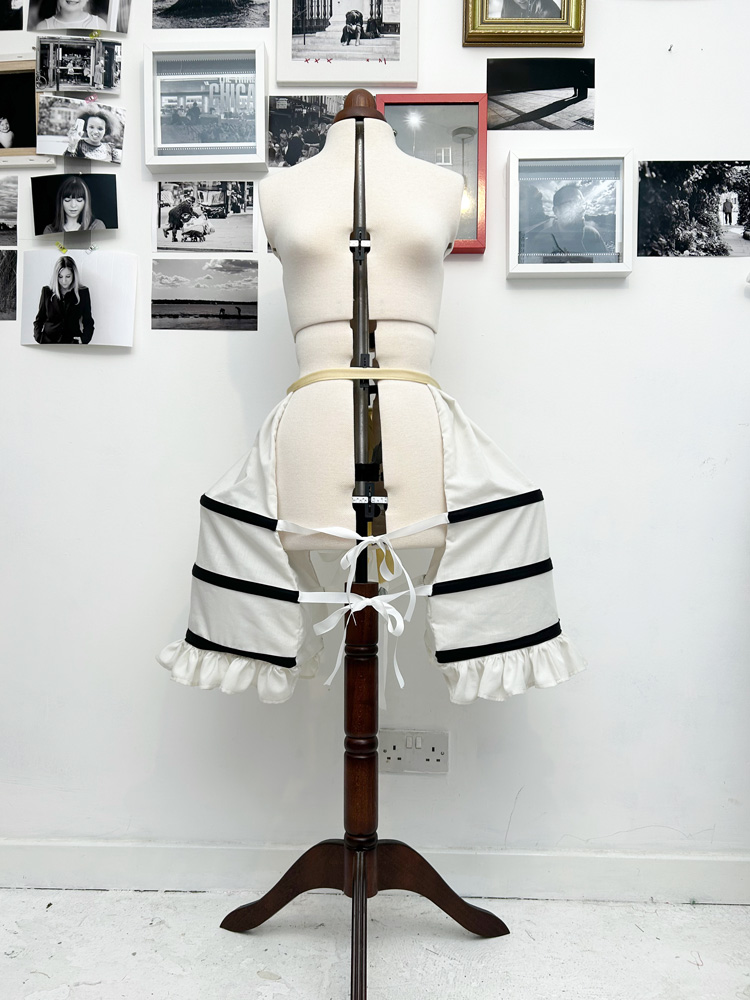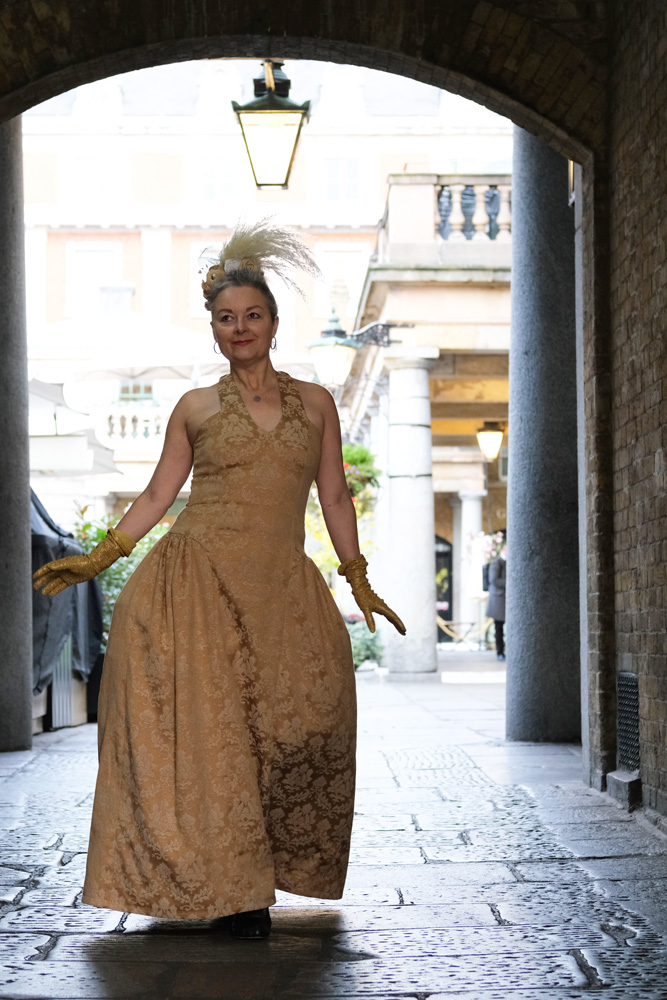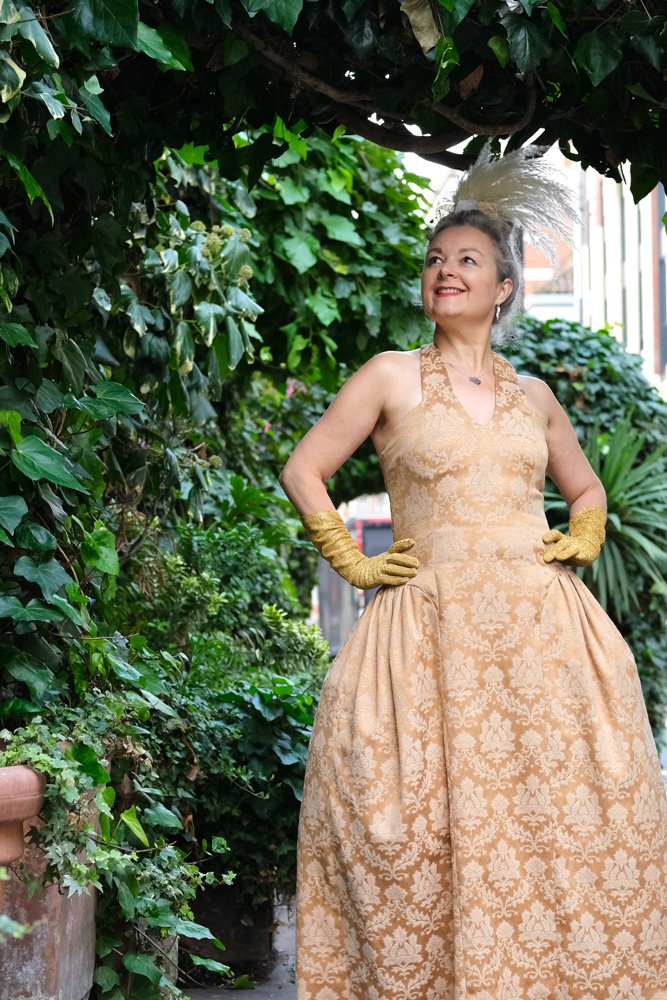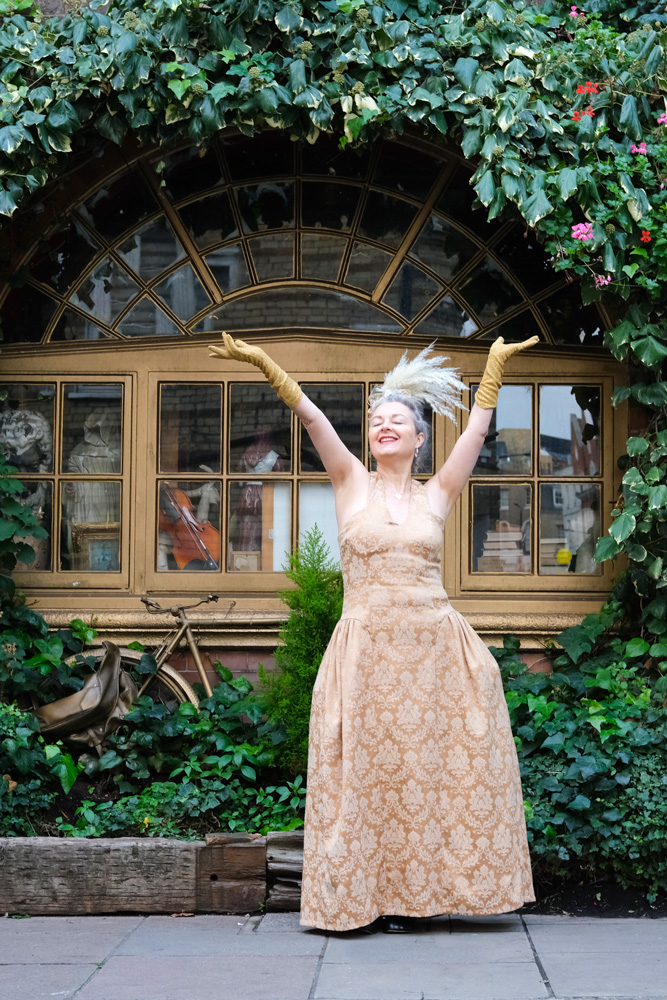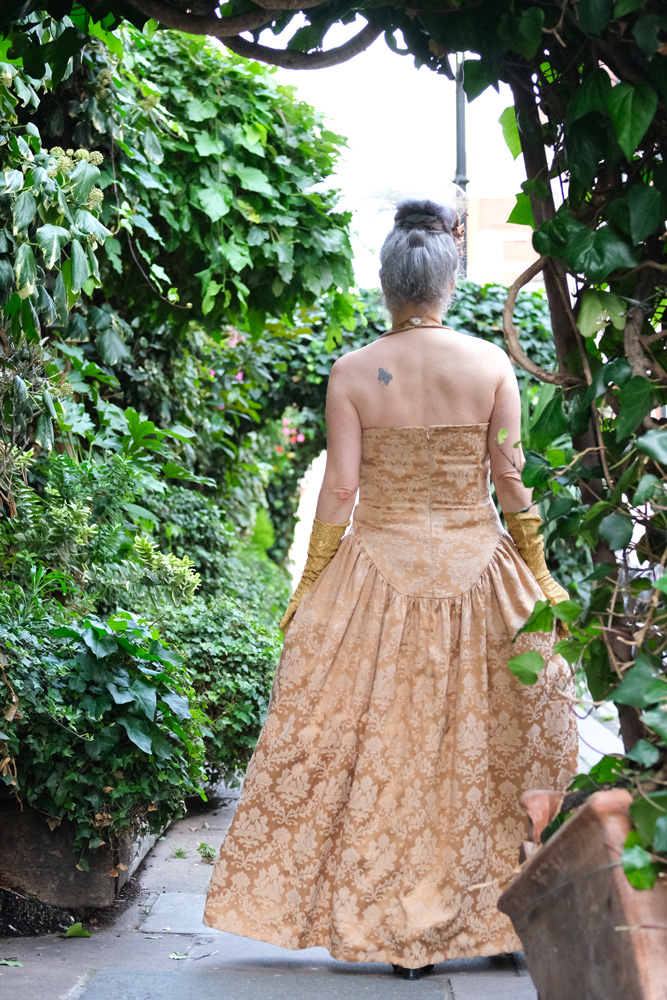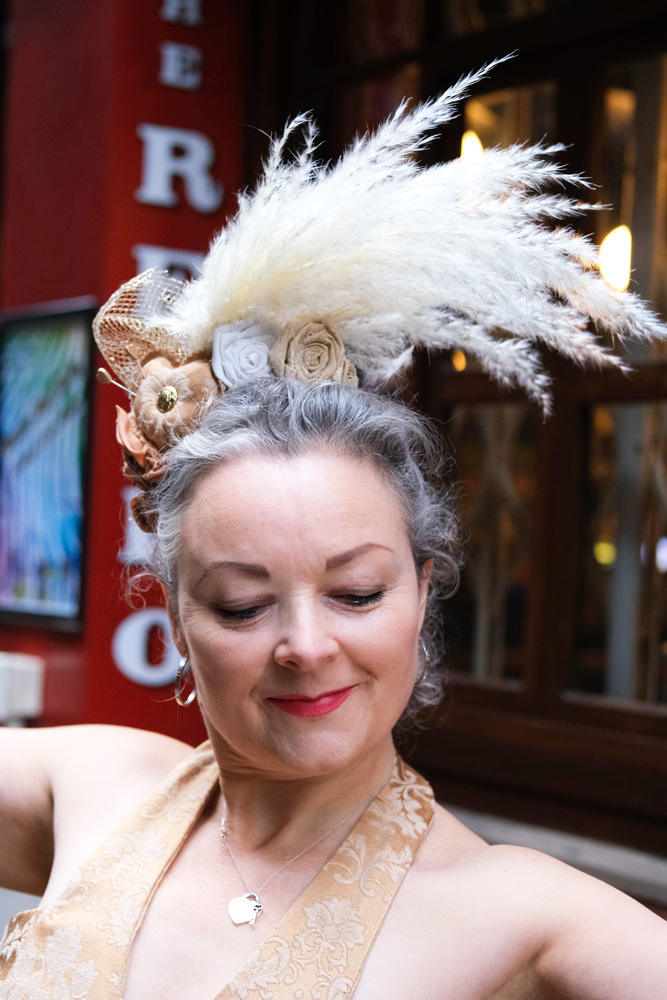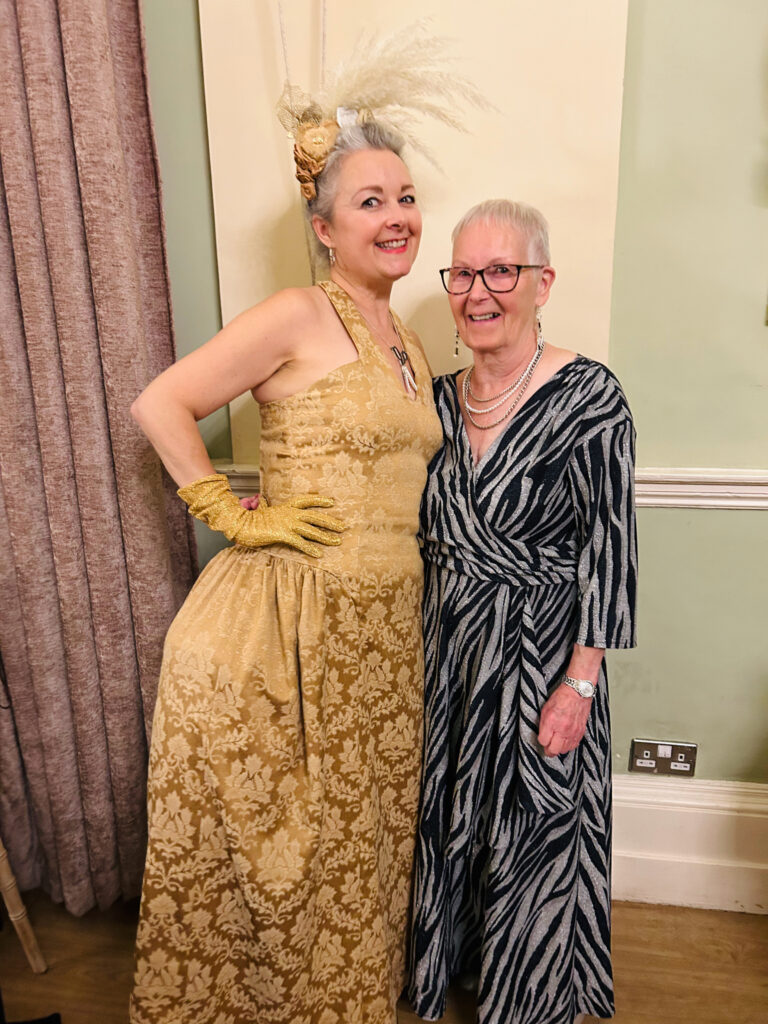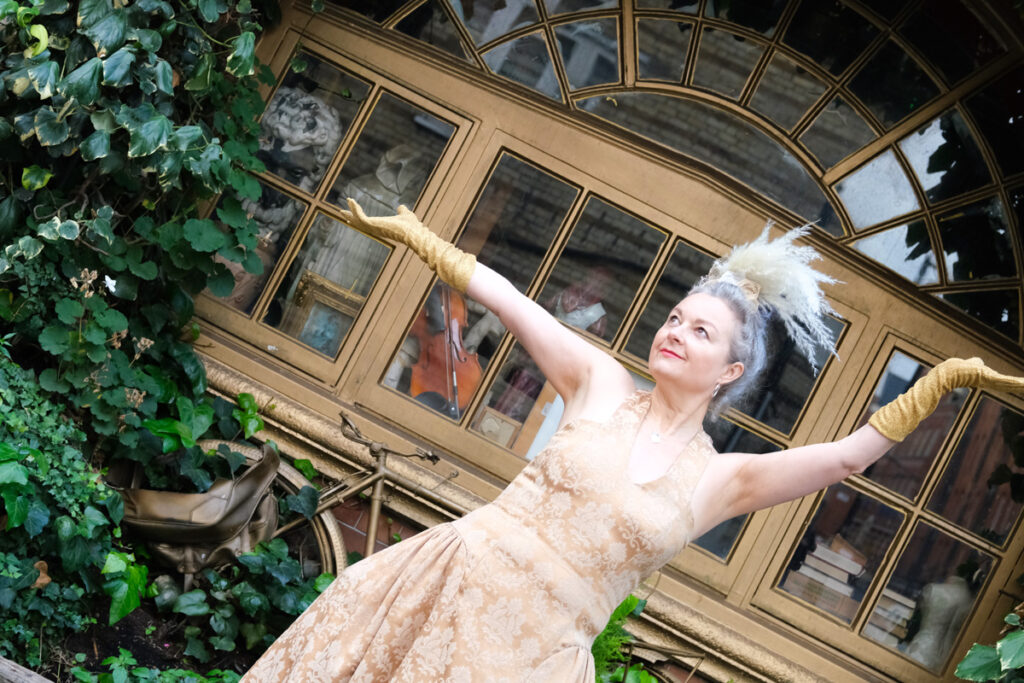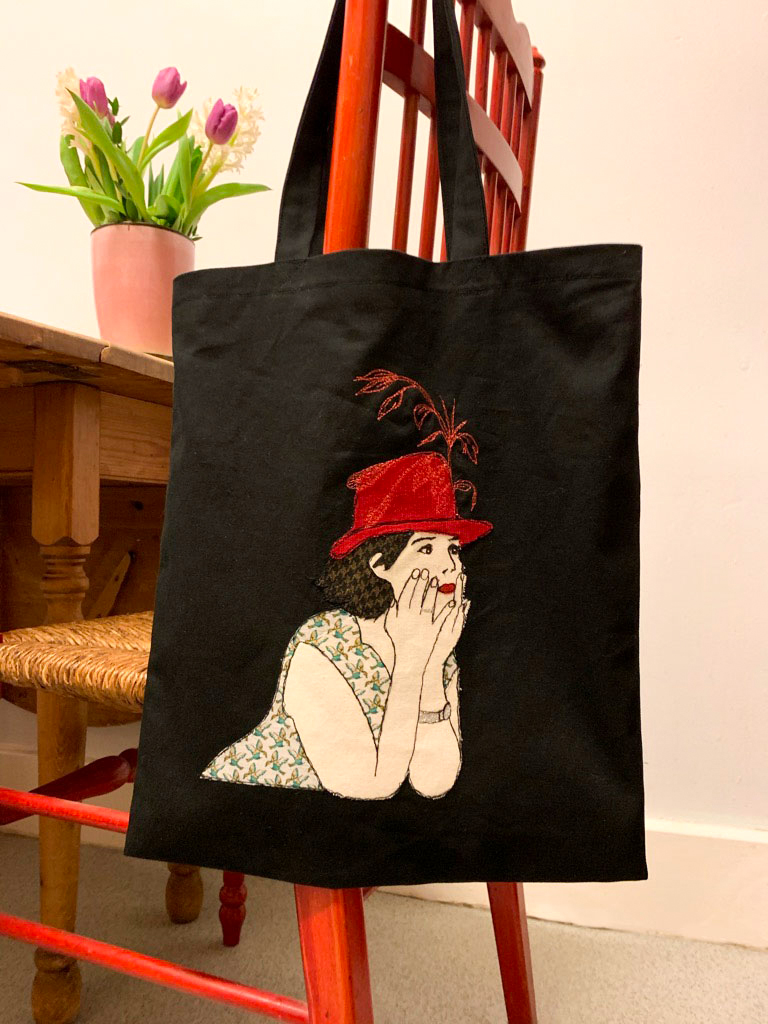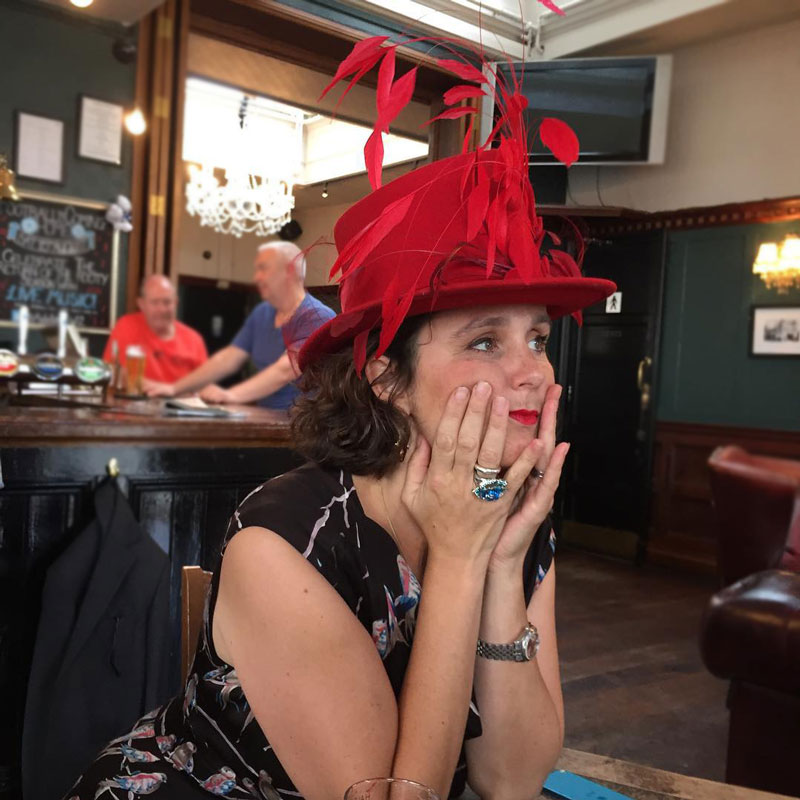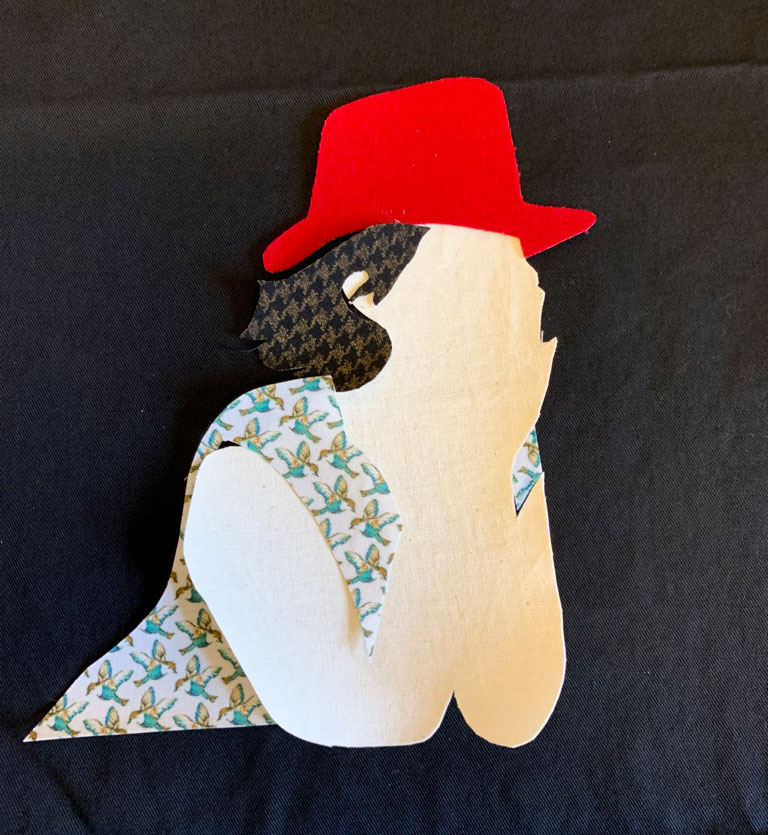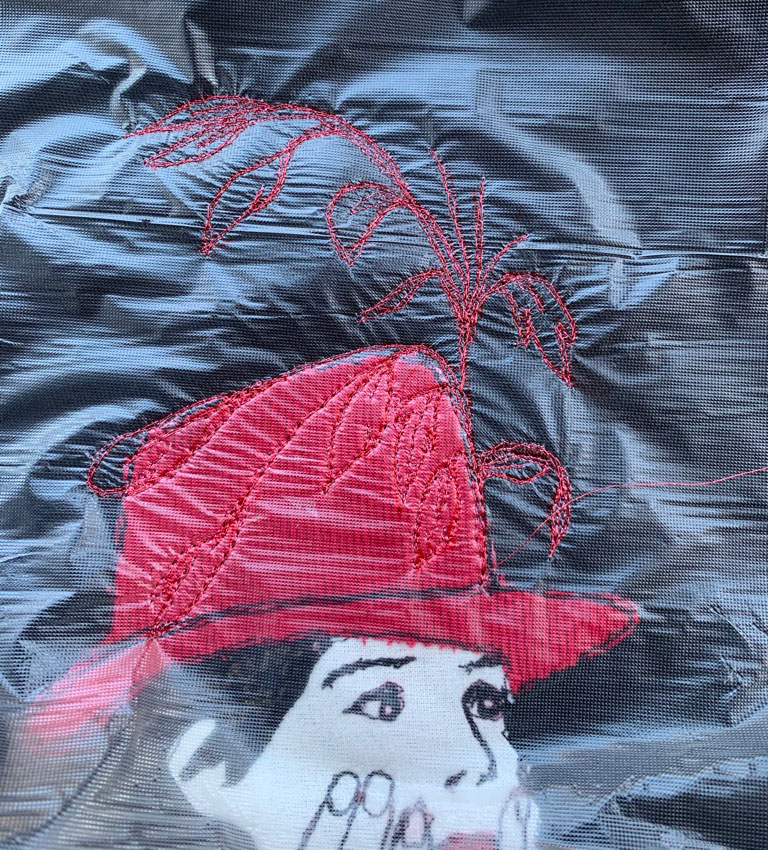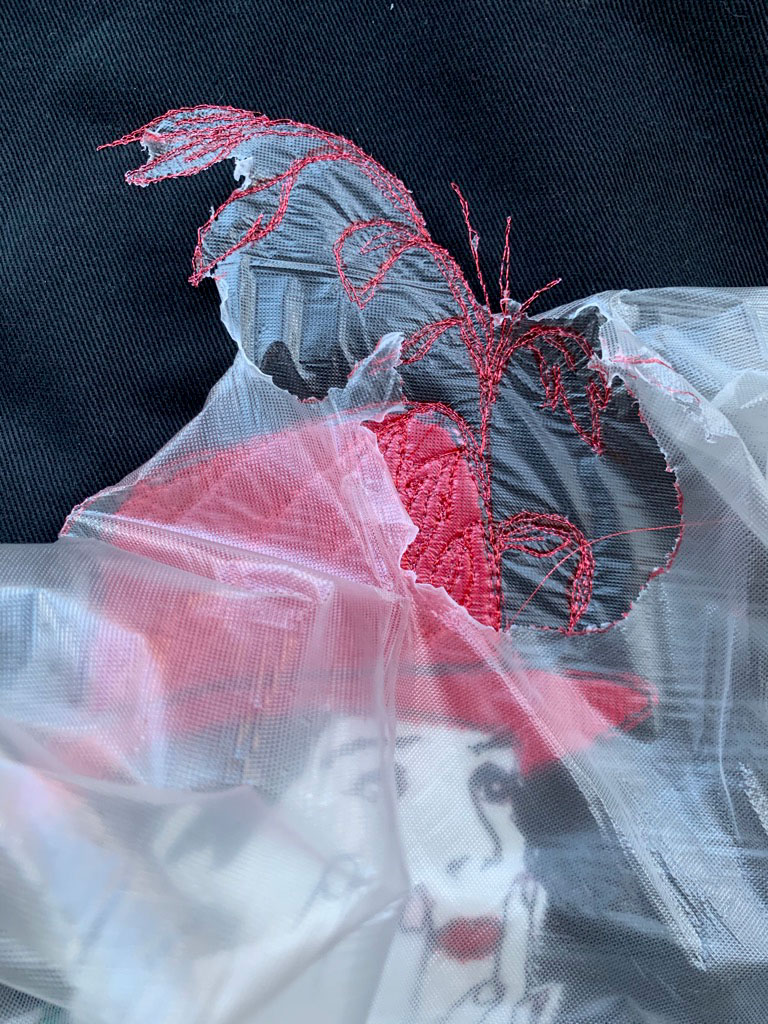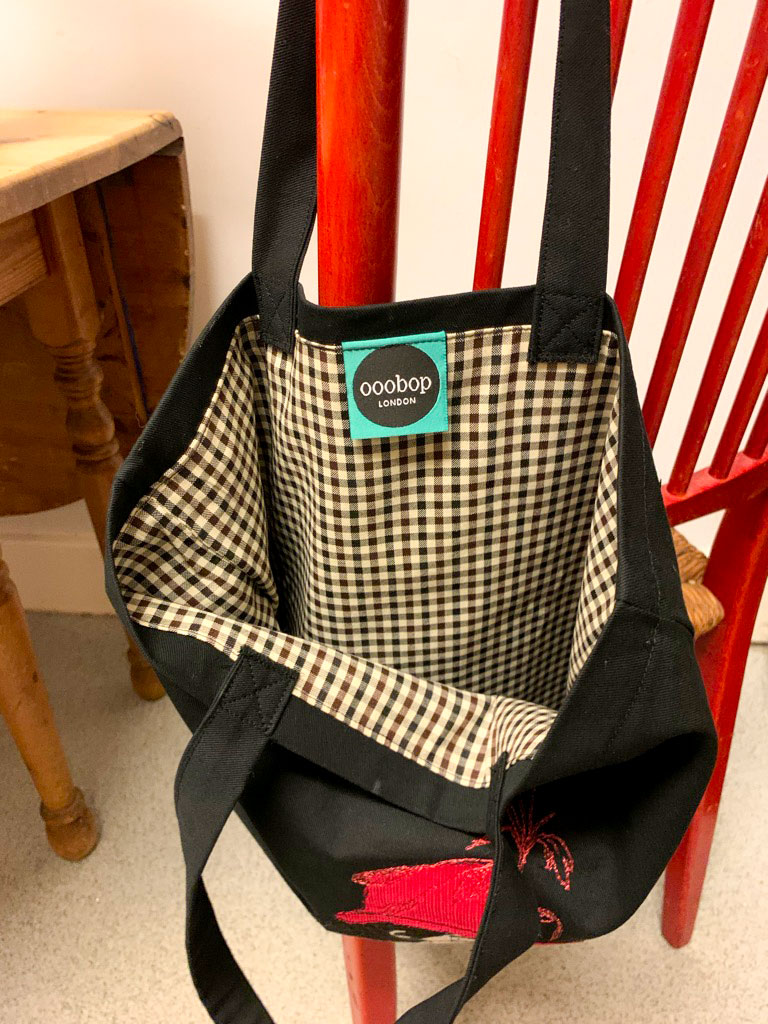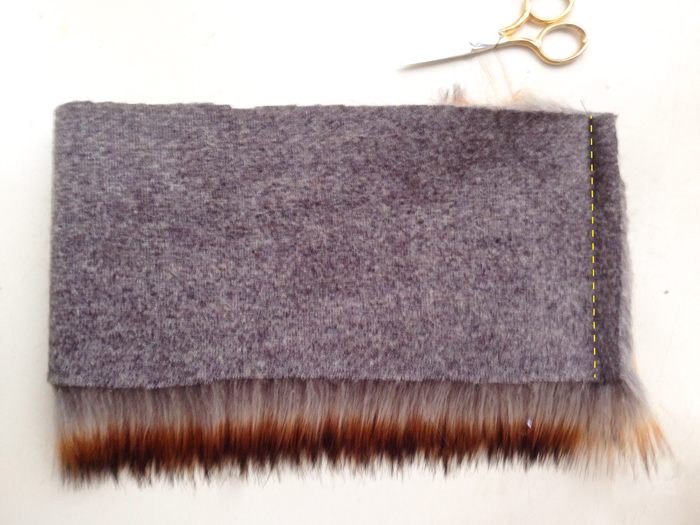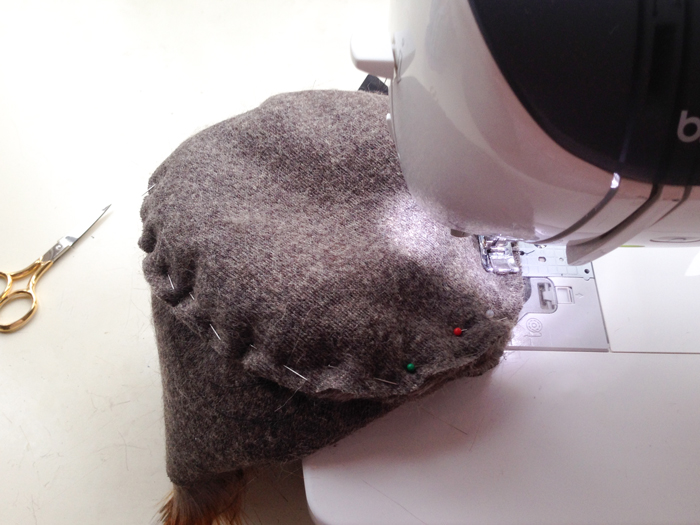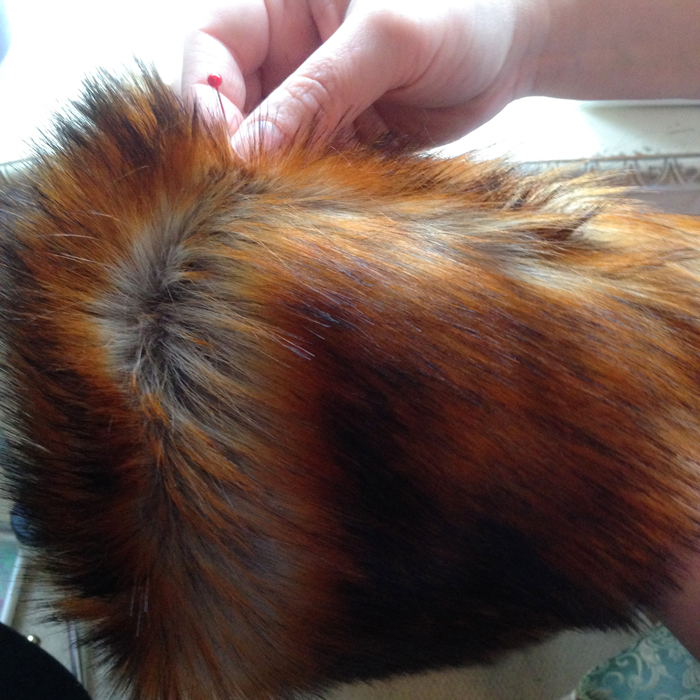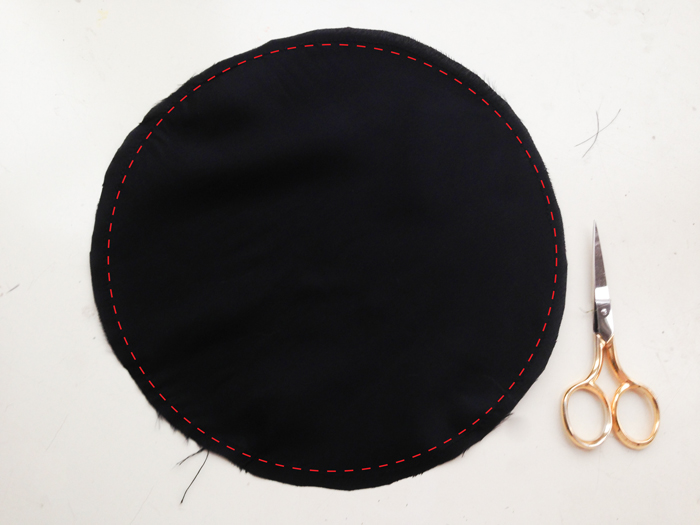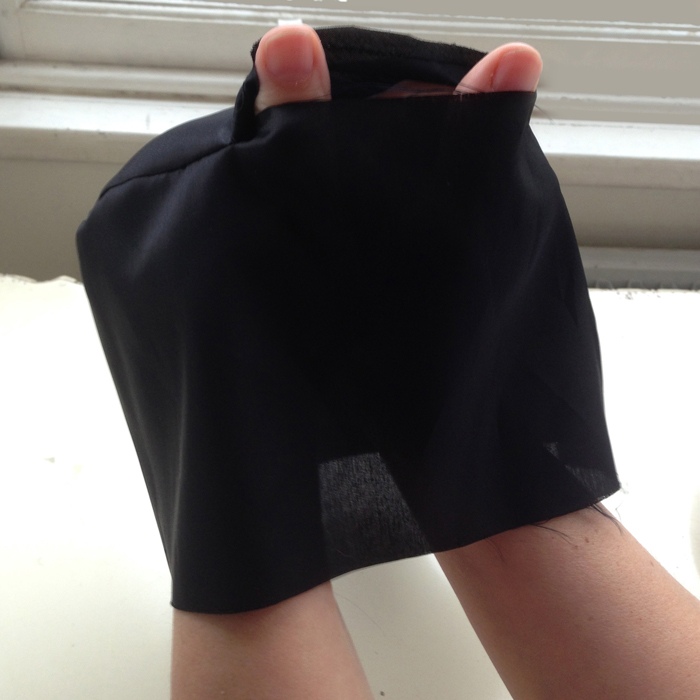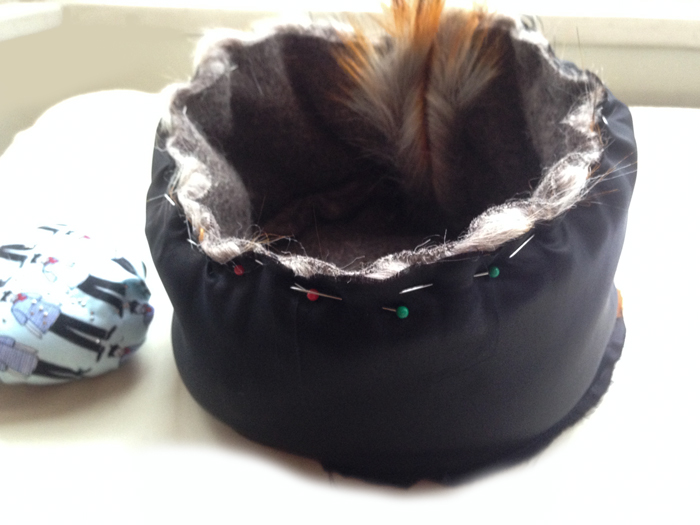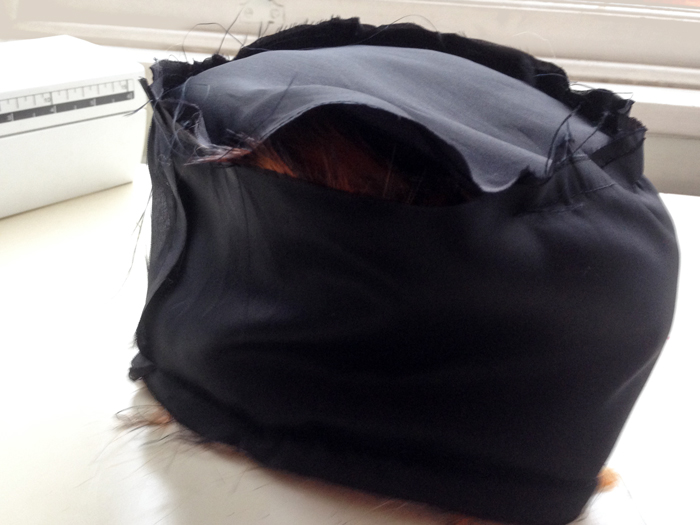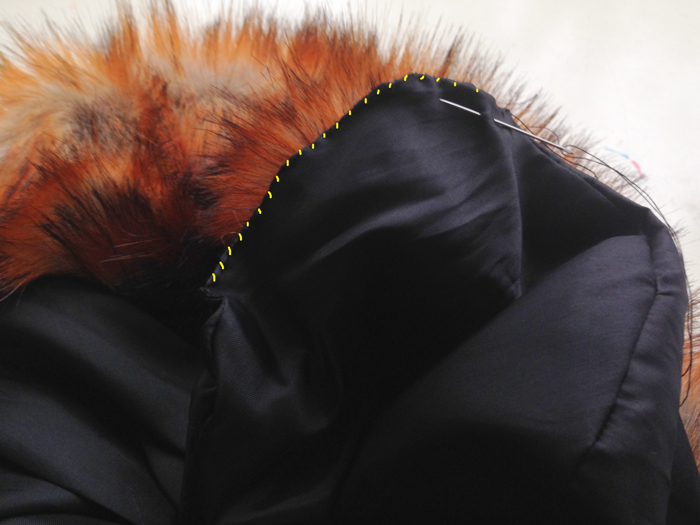
I had a little trip down memory lane yesterday, looking back at old projects and it was a real eye opener as to how far I’ve come and how much I’ve learned. There’s plenty more I need to learn and – hoping I’m not teaching too many grandmas to suck eggs, here – I thought I’d share some of the things I’ve learned so far.
1. Never sew when you are tired
It’s a tough rule for those of us who can only sew late at night but really it’s a no-brainer and don’t say I never warned you: Seam allowances will be forgotten, sleeves will be sewn to neck-holes (Ring any bells, Rosie?!) and insides will become outsides quicker than you can shout ‘dunnit!’
2. Measure twice and cut once
I had it said to me all my life by my mum so now I can share this irritating but seriously useful tip with you, my sewing friends. BTW she used to say it in a really squeaky irritating voice too so I’m hoping that will chew into your head as much as it did mine, soz!
3. Invest in a good machine
If you are lucky to inherit a good one then great. But advice from the mother was not to spend anything less than £200 for a newbie. It needs to be heavy enough not to dance all over your table with a reliability factor from a good brand. No fancy stitches needed. Just the usual forward, backwards and zigzags will do. Most have a buttonhole stitch and and a few fancy stitches for that price range too.
4. Learn from the mistakes of others
Stands to reason that you will learn from your own. You will only ever sew a sleeve on back to front once (twice perhaps). You will only ever forget to add seam allowance on a Burda pattern once (well maybe three times). But seriously, before you start sewing from a commercial or indie pattern, or if you are trying a new technique for the first time, have a scout round and see what everyone else came up against. You can always post a comment on a sewing blog and ask how they resolved their issues. Sewing bloggers are always your best friends.
5. Make notes
Either on the pattern piece itself, on a notecard in the envelope or digitally documented if you are that super organised, you will thank yourself later for keeping notes about what you changed from the original. You might think you have the memory of an elephant, but believe me, fellow sewists, I speak the truth when I declare that we have the memory of a goldfish when it comes round to sewing a repeat project. Or is that just me?!
6. Practice, practice, practice. . .
It’s how anyone gets good at anything they are good at. In fact it is the only way. Nobody is born great at anything. But everyone has the opportunity to be brilliant at something if only they practice enough. All you need is the passion for it. It’s not a tough call. Just keep sewing!
7. Change the needle
The word out there is to change your needle after every project. I admit to being a one-needle-two-project rebel but I do change it all the same. It needs to be an appropriate needle for the fabric too. Generally speaking:
70/10 universal for light/ sheer fabrics
80/12 universal for light to medium cotton/linen/wool/polyester
90/14 universal for medium to heaver cotton/linen/wool/polyester
100/16 jeans for heavy denims or for hemming jeans
And a good idea to take note of the size of the needle that you last left in the machine, or put it back in a box (marked used) so you can remember what size it was. Impossible to tell otherwise.
8. Don’t skip the stay-stitching
It’s tempting I know, but just think how much you will be saved from the embarrassment of a saggy neckline, or a droopy waistline. Don’t even wait for an instruction. Any area cut on a curve or on the bias will need some stabilising or else it’s going to stretch all over the place when you come to sew it. Sew, using a regular stitch, about 1cm or 3/8 inch from the edge of your fabric, within the seamline. Stay-stitching is most effective when sewn from outsides to insides. Ie from shoulder to centre neckline or from side waist to centre waist. Repeat for the other side.
9. Read those instructions
Obvs! I’m going to put my hand up right here and confess to skip reading instructions. I always think I’ve got it. Mostly I have but I’ve also come unstuck by not paying attention. What I tend to do nowadays is take instructions to work, read them on the train, read them again in my lunch hour. Make the garment in my head on the journey home or in the shower the following morning. That way I know ‘exactly’ what I’m doing when I come to make the actual one for real!
10. Be precise in all that you do
I’ve mentioned the ‘measure twice cut once rule’ Ooops there’s that squeaky voice again. But precision is the key to perfection. Cut out your pieces accurately. Make sure your seam allowances are 15mm or 5/8 inch all round. Transfer your pattern markings accurately. It pays off, I promise you!
11. Mark the wrong side
The light in my house is not that great. Even during the day. And the times I’ve sewn right sides to wrong sides is too many for sure. In fairness, sometimes it’s really tricky to tell right from wrong even in broad daylight. It could be argued that in that case it doesn’t matter, but all the same, if you want the consistency, mark the wrong sides with a chalked cross as soon as you have cut the pieces.
12. Don’t watch the needle
In order to keep that seam allowance at a consistent 1.5cm 5/8inch, align the edge of the fabric to the marker on the foot-plate. There will be various markings on there and if you keep the edge of your fabric lined up against it you will guarantee a consistent allowance. If the markings on your machine are not clear enough, stick down a strip of masking tape to define the guide.
13. Tie off your darts
Never back-stitch at the point of a dart. You will get nipples where you never thought possible! Instead, run the stitch past the end of the point and leave the ends of the thread long so you can tie them together with 2 or 3 knots. Trim the remaining threads to no shorter than an inch.
14. Use a press cloth
Unless you like the scorched and shiny look, always use a press cloth. I generally use a piece of white muslin but a velvet press cloth can be used for velvet so you don’t upset the pile (thank you Scruffy Badger!). A wool cloth will hold moisture and is therefore great for pressing wool that needs a good steam. Silk organza is great because you can see through it. Especially useful when pressing pleats (thanks Karen!)
15. Ditch the blunt pins
Get rid. They only exist to ruin your work. The minute you feel one resisting when you push it through your fabric, throw it away immediately. Don’t just put it at the end of your pincushion, earmarked ‘the end for bad pins’. Yes I’m looking at you, ooobop! OR if it’s not too late, invest in an emery pincushion. What’s one of those? I hear you say. Ever seen the tomato/strawberry pincushion combo and wonder why? The small strawberry counterpart is filled with emery, an abrasive mineral that will sharpen those bad ass pins as you push them in. You can buy a Large Tomato Pin Cushion-With Emery Strawberry from Amazon. And if you crafty sewers fancy making one yourself you can buy the White Emery For Pincushions-4 Ounces
from Amazon. And if you crafty sewers fancy making one yourself you can buy the White Emery For Pincushions-4 Ounces especially to fill said pincushion. That way, I guess it doesn’t have to be a tomato or a strawberry if you don’t want it to be.
especially to fill said pincushion. That way, I guess it doesn’t have to be a tomato or a strawberry if you don’t want it to be.
16. Back tack, back tack!
If only I could incorporate all the silly voices my mum used to do! It’s very duck like, that’s all I can tell you! But yes, Back tack, back tack, beginning and end to secure your stitching… But NEVER at the pointy end of darts!
17. Trim and clip
In the past, I’ve worried that if I clipped the curves, the stitching line would come undone. (yeah right, more like worried about having to do something extra!) So I’ve left that bit out and suffered the ugly, bulky mess as a consequence. It doesn’t come undone. I can assure you. If you trim the seam allowance to about half, snip the curves close-to not in-to the stitching line and give it a good pressing you will have a perfectly neat and professionally finished curved seam. If the curve is on a neckline for instance you have further reassurance if you stay stitch the seam allowance to the lining or facing.
18. It’s not a race
More haste less speed! Another of the very annoying mum comments, sorry, but nonetheless important. You can say it anyway you like but it’s true. It is impossible (unless you are hugely experienced) to get a straight line of stitches when your foot is down to the floor. And there are no prizes for finishing first because you are the only contender! Think each stage through before racing on to the next bit. It’s all to easy to miss a crucial part of the process if you are steaming ahead.
19. Needle position
Don’t forget to move the position of your needle when you change feet. particularly when using a zipper foot. It frightens the life out of me when the needle inadvertently hits the foot!
20. Needle security
Which brings me onto another scary point. Every time before you sew, make sure that needle is securely fastened in the shaft. Turn that screw nice and tight. I’m sure certain stitches make it work loose and I know for a fact that my side cutter foot wobbles it around enough for it to come loose. I’ve taken to checking the needle is secure when I’m using this foot even during a project. An airborne needle tip is a very hazzardous thing!
21. Press and cool
I was very lucky to spend some time with a lovely tailor friend last year. I learned so much in such a short space of time and one thing of the many things I took away with me was this fabulous pressing tip: After steam pressing, use a wooden block to press down on your crease to take the heat away quickly. Don’t move the creased section until it has cooled. Akin to setting ones hair in rollers I guess!
22. Baste away
Hands up who bastes? No takers? Well actually not me very much either. But we all know we should, don’t we?! So let’s do it. Especially if it’s a shiny fabric that’s going to move. Especially if you’ve invested your hard earned dosh in this lavish piece of cloth that is going to be your signature gown. Escpecially if you’re going for Chanel over Primani! It makes sense.
23. Bobbins at the ready
Have a selection of bobbins pre-wound in your most used colours. Particularly black, white and a neutral colour. There’s nothing more irritating than having to stop, mid-flow to wind a bobbin. There is however, great joy in delegating the task to a small child if you have one of those floating around. In fact one of my smalls bought me a fabulous Side Winder – Portable Bobbin Winder for my birthday and still lays claim that it is her job to wind my bobbins. I’m not arguing!
for my birthday and still lays claim that it is her job to wind my bobbins. I’m not arguing!
24. Pins pointing in
It’s still not second nature and I still have to make an effort to think about how I am pinning things together. It’s important NOT to sew over pins (broken needles, wonky seams, need I say more?) and so it’s just as important to pin those pins in a way that they are easily removed as you sew up to them. Remember that the bulk of your work is on your left and the seam allowance will be on the right as you sew. Pin along the edge of the seam allowance at right angles to your fabric with the points of the pins facing into your work and the heads of the pins on the outside edge so they can be easily removed as you go. Pinning parallel to the edge means you cannot otherwise sew as close to the pin and if it happens to be in the wrong direction you are at risk of a pin point down the end of your fingernail… and you don’t want that!
25. Trace your pattern pieces
Particularly if they are vintage. They’ve lived this long and don’t deserve the abuse of pins and rips! I learned the lazy way and lived to regret trashing one of my favourite patterns. Half an hour would have been enough to duplicate and would have also been a perfect record for any adjustments. I have no qualms about scribbling on or slashing and spreading a duplicate tissue. Even modern patterns need to be preserved. If they are multi-sized, you’ll kick yourself if ever you needed to return to a smaller or larger grade. More so if you cut the wrong size to start with!
26. Keep distractions to a minimum
Easily said. Especially if children, small animals and musician boyfriends are at large, so choose your sewing time carefully. Interruptions so easily disrupt a chain of thought. Keep the radio to an acceptable level and don’t try to watch Madmen when you are figuring out something tricky!
27. The rotary cutter
Not just for quilting, the rotary cutter and a large self-healing cutting mat
and a large self-healing cutting mat are the perfect buddies for cutting fine or slippery material. Add to the equation some decent pattern weights and you can avoid any amount of movement as you cut your delicate fabric.
are the perfect buddies for cutting fine or slippery material. Add to the equation some decent pattern weights and you can avoid any amount of movement as you cut your delicate fabric.
28. No gathering unravelling
Have you ever suffered the nightmare of gathering up some fabric only to inadvertently pull the whole thread through? Or have you ever struggled to gather a length of fabric to a set length? One way to solve this is to pin a pin at one end of your gathering stitches and wind the ends of the thread around the pin before you pull up the gathers. I sew two parallel lines of long stitches to get even gathers and then when I pull them up to the desired width, I pin another pin at the end and wind the excess threads around that one too. It helps to keep everything in place when for instance, I sew a gathered skirt to a bodice.
29. Handy tip for hand-stitches
I’ve learned to enjoy hand-stitching. It’s taken a while. But I get it now! It’s no longer a chore, more of a treat. But there’s something that makes it just that bit more pleasurable and that’s the nack of having a thread that doesn’t tie itself in knots halfway round your hem. Beeswax is the answer to a gliding knot-free thread. Just run the thread across the block so it becomes coated before you sew. The lovely Claire over at The Thrifty Stitcher also advises to make sure your thread is no longer than arms length plus half your chest, to avoid the same.
30. Snip loose threads
If you are going to take the time to make something of quality, snip those loose threads. It’s actually quite satisfying if you have a quality pair of Snippers . And your garments will thank you for looking all the more professional.
. And your garments will thank you for looking all the more professional.
31. Find your style
Ask yourself why you started sewing. Was it because you wanted to save money? Well you might have got a bum steer there! Was it just because you had hours to fill. I doubt that! Or was it simply because you wanted something original and well-fitting in your wardrobe that nobody else would have? Think about what you like and what you want before you dive headfirst into any old sewing project. Will it suit you? Will you wear it? Where will you wear it and how often? There’s no room in a wardrobe for wasted hours and unworn clothes. Ask yourself ‘is it you’. And if it is . . . go to it!
32. Help 24/7
You are never alone. Never! In those small wee hours in the morning when you are stuck on your final stage or you really cannot for the life of you remember how to use your buttonholer, Google it, go to YouTube, Tweet your problems, ask a blogger on the other side of the globe. You have every learning resource at your fingertips, 24/7. How exciting is that?!
33. Lock up your scissors
Make everyone in your household aware that your fabric scissors are to be used for cutting paper on pain of death! Never use fabric scissors on paper, NOT EVEN PATTERN PAPER. It blunts them and quality tailors scissors are not cheap to sharpen. Have a separate pair of scissors for paper cutting. You will see just how quick they are to blunt. But a quick tip to sharpen paper scissors is to ‘cut’ round the neck of a glass milk bottle or similar. Strange but true!
34. Leave your comfort zone
It’s very easy to stick to what you know. And you might be very happy in your comfort zone but if you want to learn more you need to leave that cosy space and give yourself a little push. Don’t be afraid to tackle things you’ve been too scared to try. You can line a vent, you can bind a buttonhole and there’s no need to be afraid of the big bad welt! Think of all the new possibilities that could grace your wardrobe. Its also a good idea to make for someone else. You learn to gain new fitting skills real quick when you’re aiming to please someone other than yourself! Just remember that nobody knew how to do anything before they learned. And then they practiced and then they got good at it!
35. More than one way to skin a cat
It took me a long time to realise that there are no set rules in sewing. For sure you need some guidance in the beginning but you will quickly learn to trust your own instincts with the more experience you gain. Some methods of instruction can be ridiculously complicated with unnecessary added stages. It’s up to you and your common sense to make life easier for yourself and work in a way that suits you. You only have to Google the methods of inserting a zip to realise how many different ways of simply doing that!
36. Invest in a few choice books
Whilst the internet will deliver everything you will need to know about everything, there’s nothing quite like a collection of inspirational books to hand. Some of my favourites include a New Complete Guide to Sewing: Step-By-Step Techniques for Making Clothes and Home Accessories (Reader’s Digest) , a 50s pattern cutting book, Love at First Stitch: Demystifying Dressmaking
, a 50s pattern cutting book, Love at First Stitch: Demystifying Dressmaking and a Fit for Real People: Sew Great Clothes Using ANY Pattern (Sewing for Real People)
and a Fit for Real People: Sew Great Clothes Using ANY Pattern (Sewing for Real People) . There’s nothing quite like a sit down with a cuppa and a good read! It’s a good idea to check out your local library (if you still have one :-/) or if you are feeling like splashing out, Amazon have some good deals:
. There’s nothing quite like a sit down with a cuppa and a good read! It’s a good idea to check out your local library (if you still have one :-/) or if you are feeling like splashing out, Amazon have some good deals:
37. Prewash your fabric
I know. I’ve been there. Heat of the moment and all that. You just want to get cracking and you really can’t wait another day for the fabric to wash and dry. But I can assure you. If you don’t pre wash your fabric before you sew it, you stand a good chance of not getting more than one wear out of your lovely new dress. Cotton will shrink. It’s a fact. So will wool. Undoubtedly. Even viscose. In fact most fabric will change in some way after a launder at any temperature. So don’t skip the prewash!
38. Don’t trash your scraps
I can’t bear to throw even the tiniest of frayed cut-offs in the bin. Breaks my heart, it does. I cling onto every last piece struggling to find a use. So only the tinyest of pieces meet their demise. I keep hold of decent sized pieces for tops or knickers or scrapbusting gift ideas (that mostly never get realised) but smaller patchwork sized pieces or remnants that I honestly wouldn’t use to make anything else with, get donated to my local after school club. The children love it when I bring in a sack. And it’s so lovely to see all their collages and creations around the classroom when I go to collect my daughter. So check out your local school and ask if they could use your scraps. It’s lovely to know that it doesn’t go to waste.
39. Sewing in the dark
If you have black or dark fabric to sew, save it for a daytime project. Unless you have some seriously good lighting, it truly is a nightmare. You really don’t want to be unpicking black thread from black cloth under substandard lighting. It is not fun. I have got round this of a fashion by sporting Mr O’s camping head torch. It works to a degree but I’ve ended up with a bloomin’ stiff neck before now, where I’ve tried to focus the light on one spot!
40. Love what you do
Not really a tip. More of a reminder to relish every moment of each and every one of your projects. Sewing is therapy. It will keep you sane when everything else is driving you mad. It will bring forth a beautiful wardrobe hand made by you. It will fill you with pride and teach you about ethics and if it hasn’t done already, it will soon lead you to meet some of the most amazing like-minded people that you might never have met otherwise. So savour every stitch and love what you do because you have something really special and that really is all that you need to be an awesome sewist!
Feel free to Tweet, pin, reblog and share. Thank you always, my awesome readers. x
